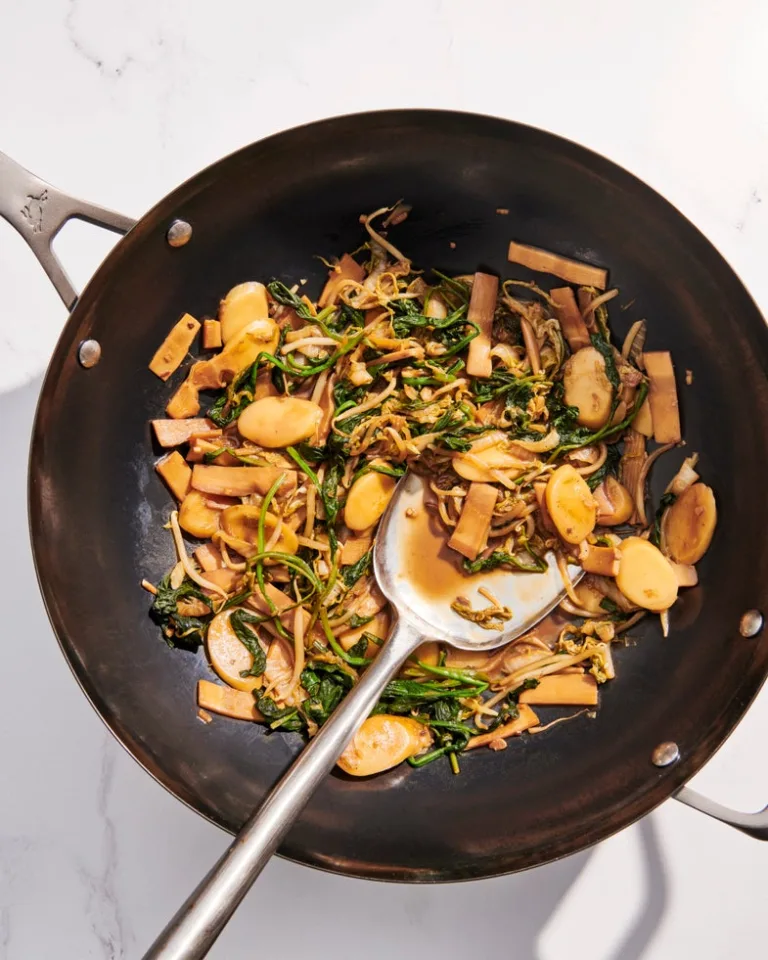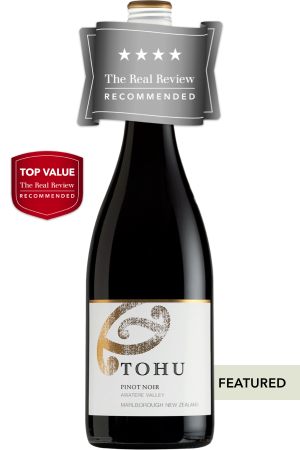For far too long we’ve been discussing Barolo in all the wrong ways. Dividing an entire wine region based upon the notion of “modern versus traditional,” a division introduced to simplify things for consumers, even if most of them were unfamiliar with what either term meant, has lost its significance and credibility over the past two decades. Maybe 30 years ago these easy categorizations seemed a convenient label for wines from an obscure region, elusive to most where it was on the map, let alone what grape was in the bottle. Today, Barolo has ascended to global renown, and its wineries are venerated, with the region drawing tourists from every corner of the world in search of culinary and viticultural bounty. The producers of this dynamic region have transcended the limitations of blackand-white definitions, and it’s time we followed suit.
Once, the introduction of change to a region so rooted in the past was extremely challenging. As Chiara Boschis of E. Pira & Figli explains it, “It was a generational conflict. The story of Barolo had never changed, and we needed to change. It was a huge shock to the region. There was tension.” The shift occurred when more farmers became grower-producers and a new style of Barolo emerged. Suddenly Barolo, to the outside world, was a wine defined by winemaking practices, rather than terroir or grape. “There were two schools of thought: modern versus traditional. There were many discussions and arguments among producers, journalists, sommeliers and consumers,
This Article was originally published on Wine Enthusiast






